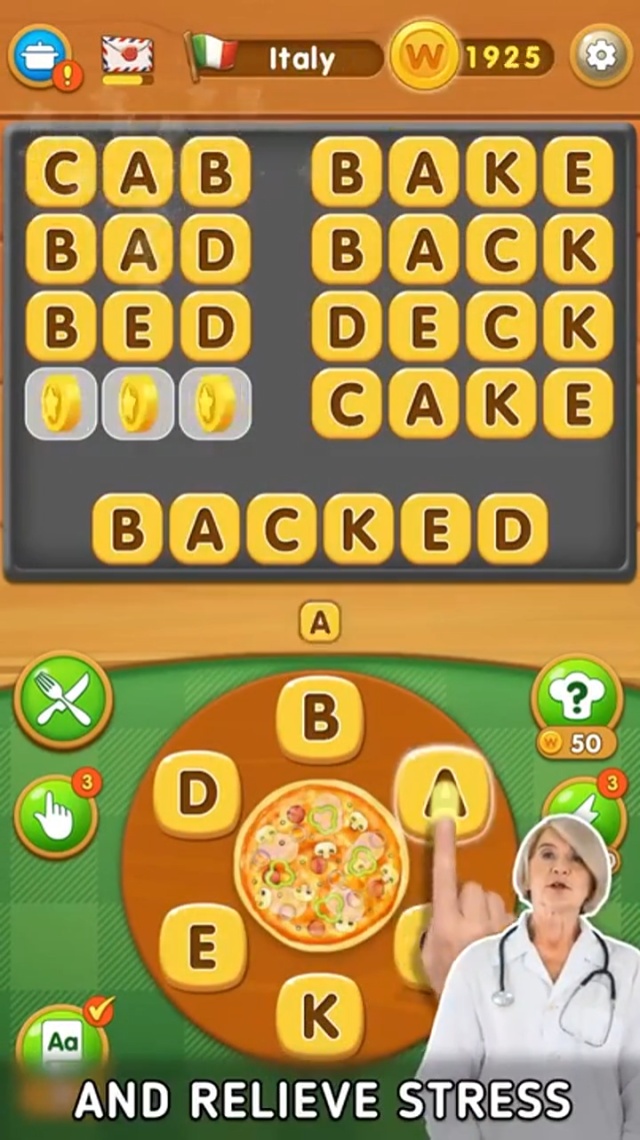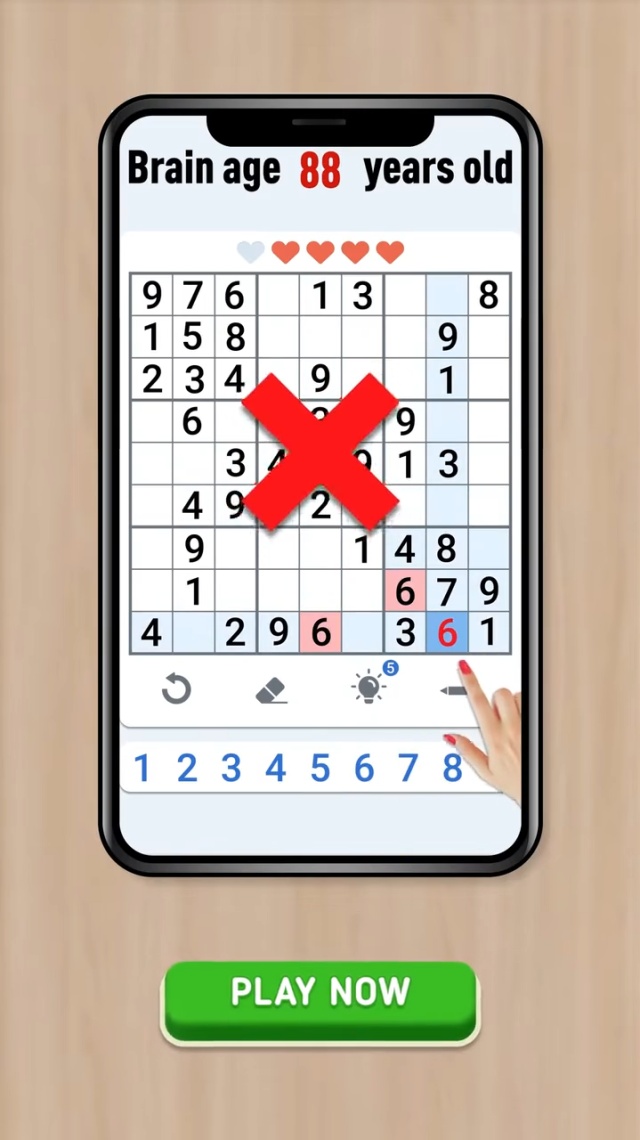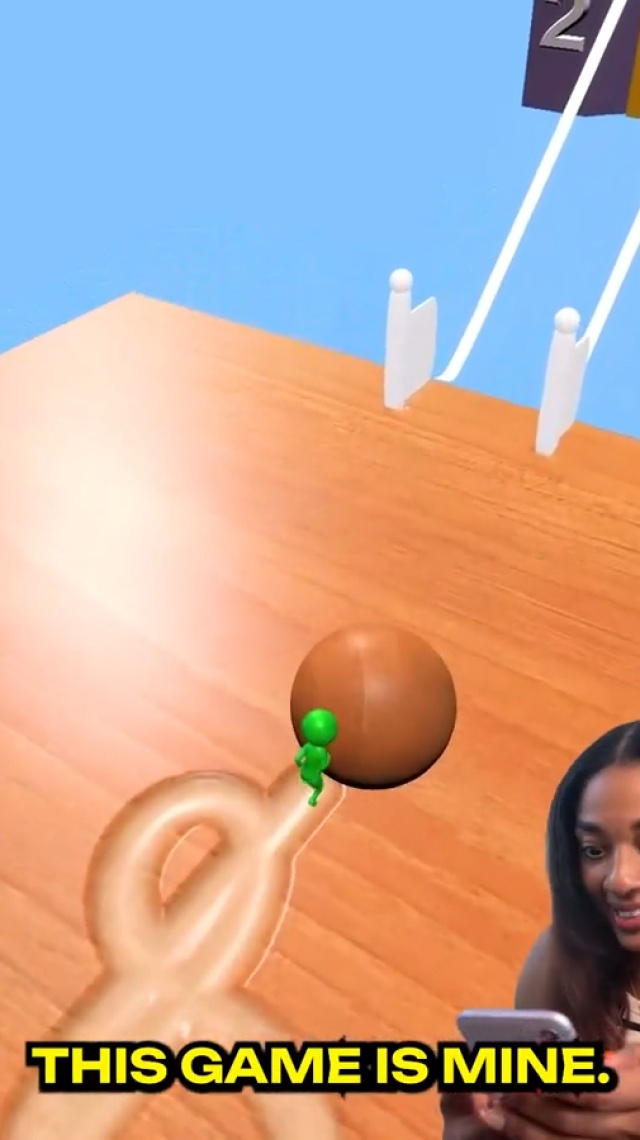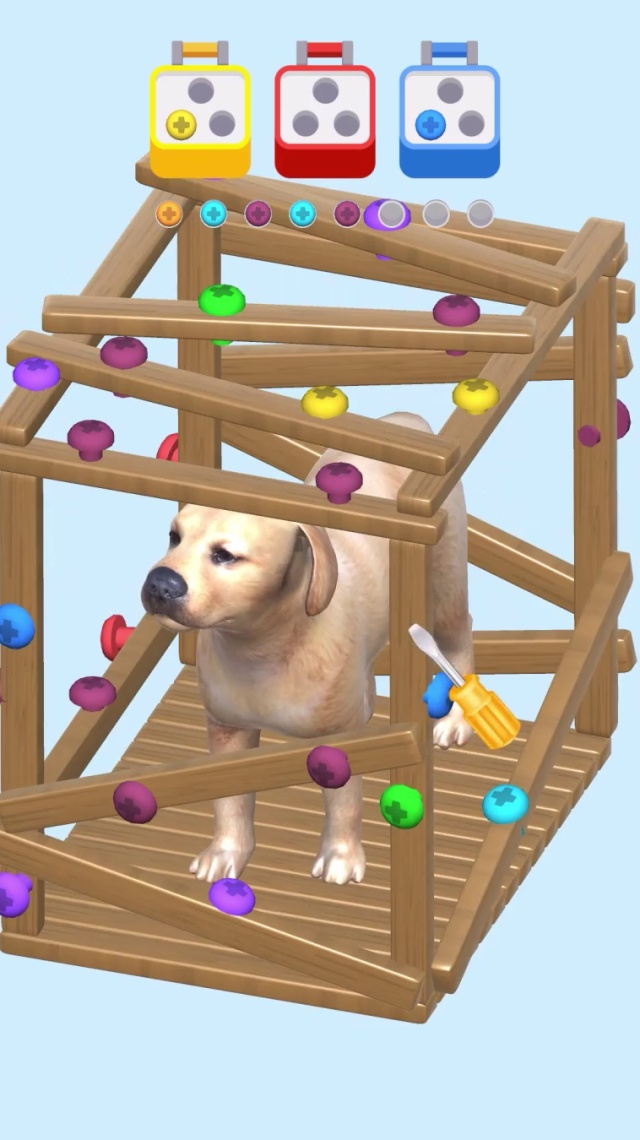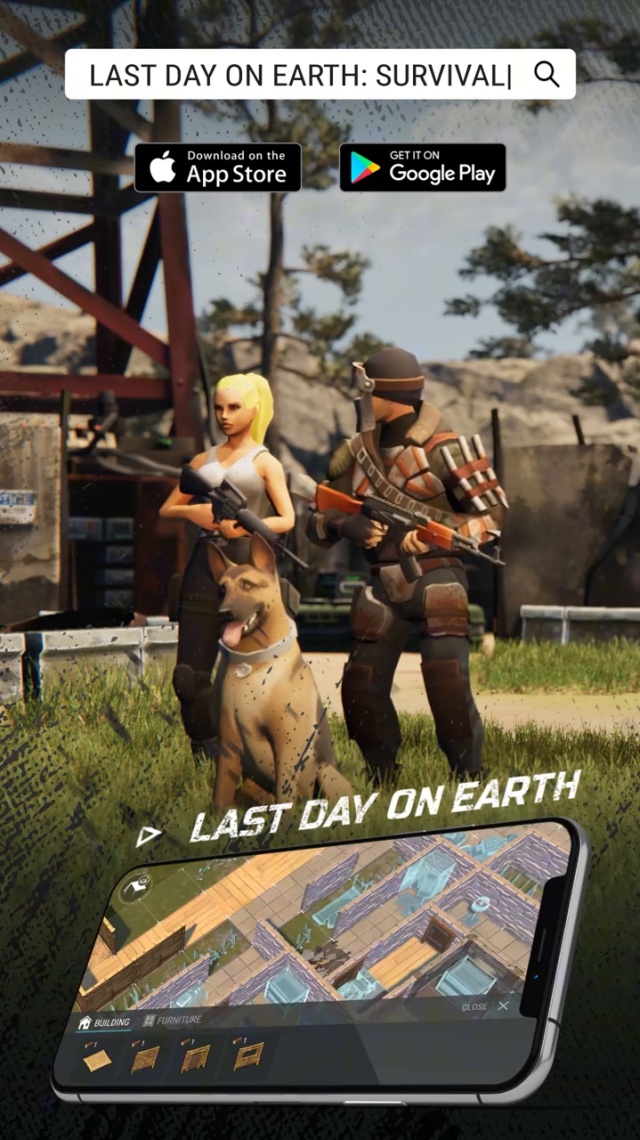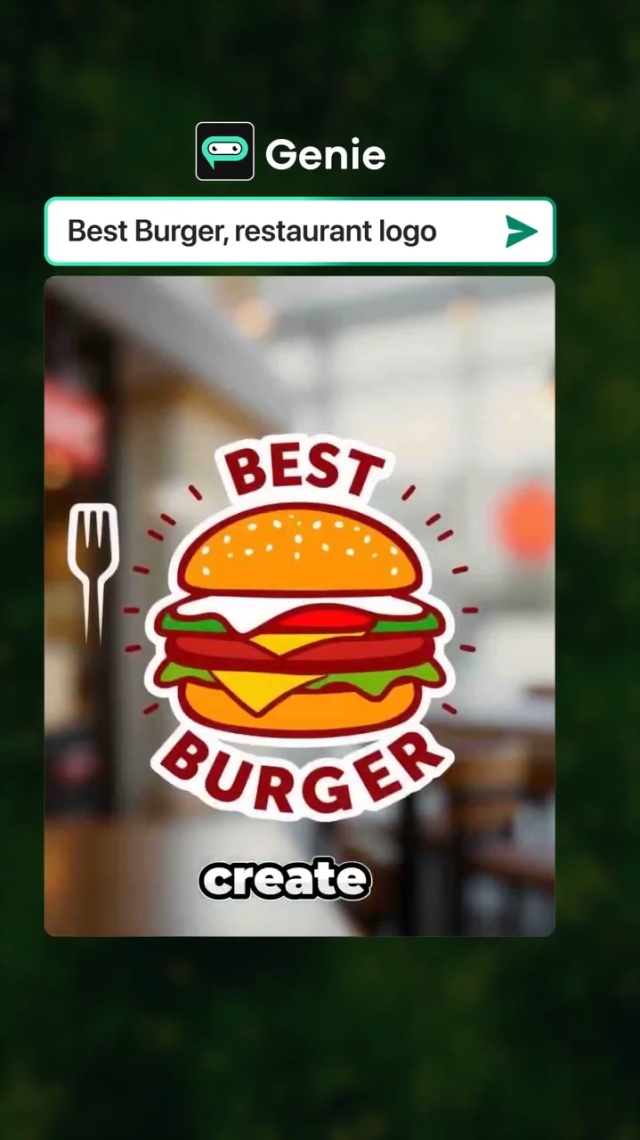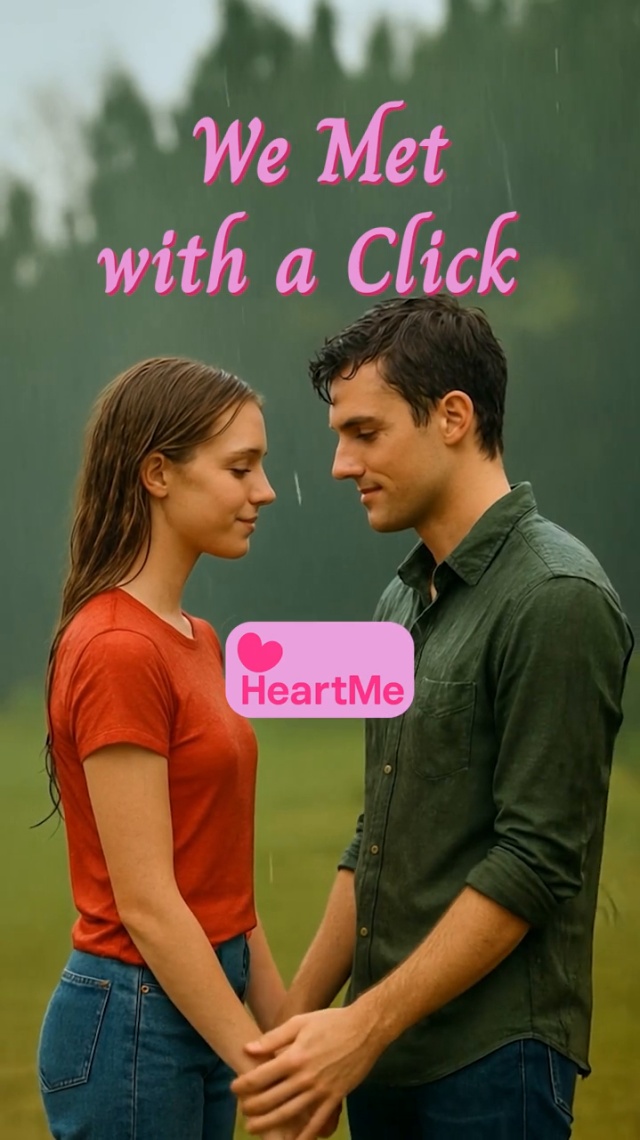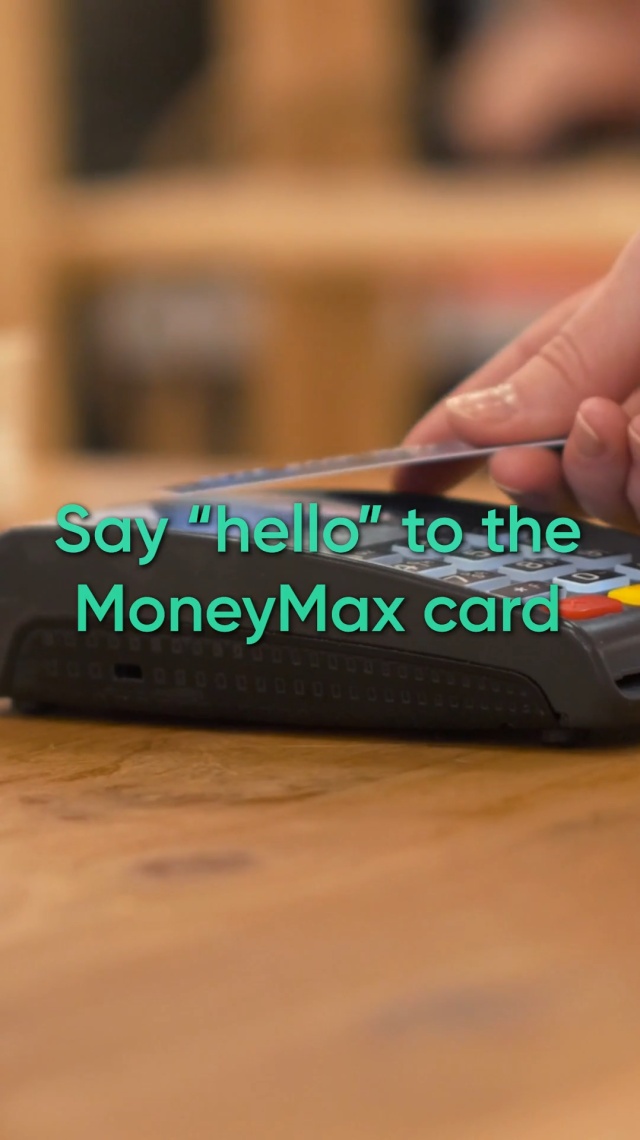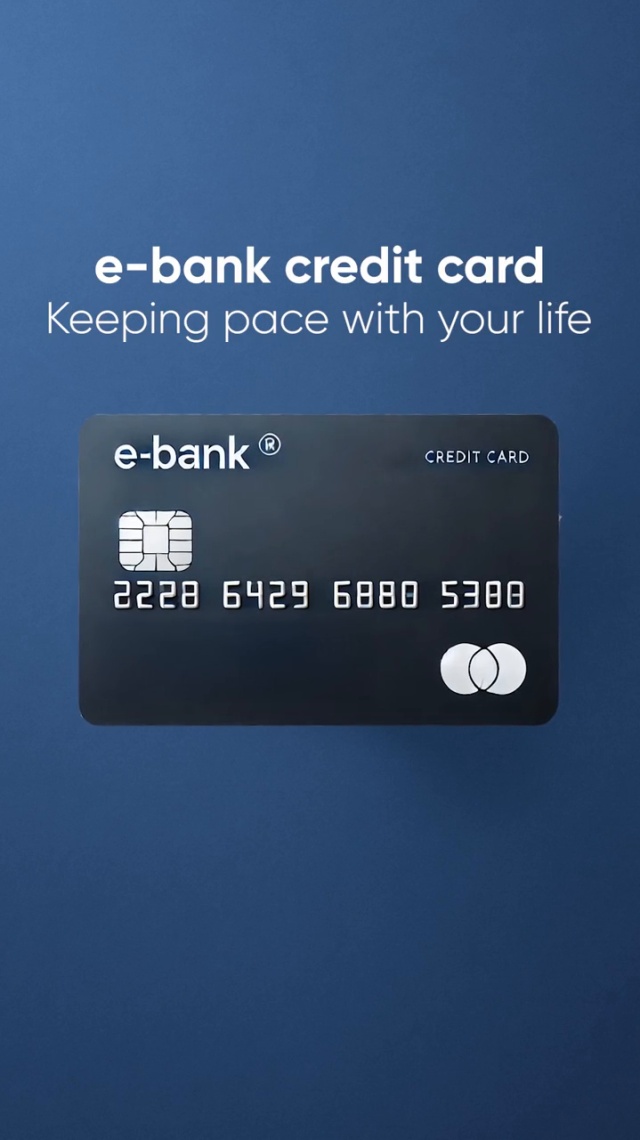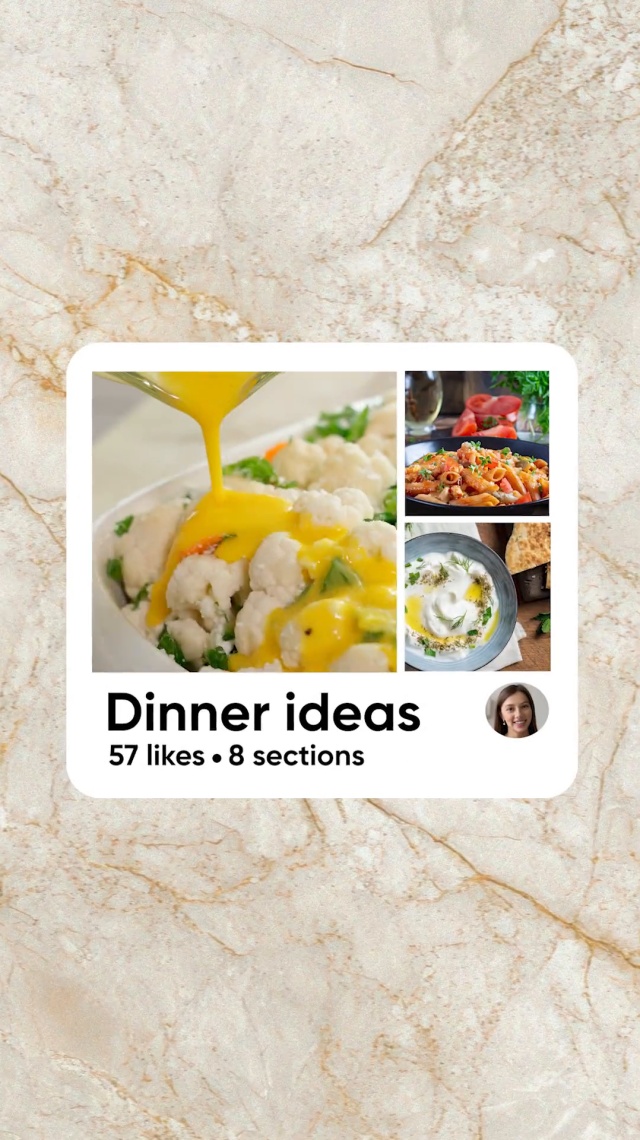Key findings
Intro & general trends
AI meets emotion: The future of creative strategy is now
AI is revolutionizing the creative process — that much is clear. But to truly harness its power, we need to understand where it adds value across the creative journey, bringing together what are often siloed efforts between performance and creative teams.
On the production side, AI has democratized creativity. Marketers can now generate a high volume of ad variations quickly and efficiently — a critical capability in today’s fast-paced, test-and-learn environment. In what has become a relentless numbers game, marketers scramble to find creative winners among dozens or even hundreds of options. And with everyone competing for the same eyeballs across the same platforms, speed and scale are no longer optional, they’re essential for all businesses whether small or large.
But scale alone isn’t enough. Without intelligent measurement and optimization, more creatives simply create more noise. In other words, the bottleneck has moved from production to measurement and optimization.
True creative optimization goes beyond surface-level tweaks like placement, color, or copy. It dives into the emotional and psychological triggers that drive action: hooks, narratives, and motivators embedded within the creative. Advanced AI can now decode these signals at scale, offering marketers unprecedented insights to guide their strategy.
And perhaps most importantly, this (r)evolution doesn’t replace creativity — it enhances it. While the digital era emphasized data and performance metrics, AI is now reconnecting marketers with the heart of their craft: understanding people. It helps uncover not just what performs, but why — translating patterns into human insights that fuel better storytelling.
In this 2nd edition of our State of Creative Optimization report, AppsFlyer’s AI-driven Creative Optimization solution was used to analyze 1.1 million creative variations to uncover the patterns, emotional triggers, and user motivations that separate standout ads from the rest.
Sample size *
* Powered by AppsFlyer’s AI-powered Creative Optimization solution ; Definitions for hook types, motivations, UGC, and gaming outcomes
All results are based on fully anonymous and aggregated data. To ensure statistical validity, we follow strict volume thresholds and methodologies and only present data when these conditions are met. When normalized data is presented, the share of each month out of the total for the entire time frame is shown to create a trend.
** Gaming groupings combine the following genres:
Casual: Puzzle, Party, Action, Match, Simulation, Tabletop, Kids
Midcore: Shooting, Strategy, RPG I Sports & Racing: Sports, Racing
Hypercasual: Hypercasual
Casino: Social Casino
How to read the report: Connecting share of cost, IPM, and retention
The data presented in the following sections is framed by three key metrics that together provide a multidimensional view of creative performance:
- Share of cost reflects the proportion of ad spend allocated to a specific creative. When a creative performs well, media sources typically increase investment — a sign of strong audience engagement.
- IPM (Installs per Mille) measures how many impressions are needed to generate an install, offering insight into how effectively the creative converts interest into action.
- Day 7 retention evaluates the quality of users acquired by that creative — showing whether the app delivered on expectations and offered enough value to keep users engaged.
While each metric is valuable on its own, their interplay often reveals deeper insights.
For example, a creative with low share of cost may still show high IPM and strong retention if it resonates with a niche, high-value audience. In that case, the creative isn’t underperforming — just targeting a smaller, more relevant segment.
Conversely, a creative with high share of cost might deliver lower IPM and retention if it casts too wide a net, attracting less-qualified users.
High IPM paired with low retention can also signal a disconnect — where the ad and app store page drive installs, but the app experience fails to meet expectations, leading to early churn.
Ultimately, the goal is to strike a balance: maximize reach and installs while ensuring long-term engagement and sustainable growth.
In addition, we chose to present the data at a global level, since we found that while creative trends varied significantly between categories, they were surprisingly consistent across GEOs — an interesting insight on its own!
Lastly, here’s how we defined the various hooks, user motivations, gaming outcomes, and UGC types for the AI.
“In a crowded feed environment, creative success now hinges on fast cycles, emotional depth, and channel-specific best practices. The strategies that win are the ones that combine volume, variety, and intention.”


Creative winners are still key, especially in Gaming
In Q1 2025, the top 2% of creatives — the creative winners — still dominate ad spend but slightly less so than in Q1 2024. While the change is modest (3-4 percentage point drop), it’s consistent across both Gaming and Non-Gaming, signaling a shift toward broader creative distribution.
In Gaming, the top 2% of creatives drive 53% of spend (down from 56%); in Non-Gaming, it’s 43% (down from 47%). This 10-point gap highlights differing creative strategies.
Gaming marketers tend to scale winning creatives fast, concentrating spend on top performers to maximize short-term impact. It’s a high-intensity, performance-first mindset.
Non-gaming advertisers, in contrast, often diversify their creative mix. Spend is spread more evenly—whether to appeal to broader audiences, maintain brand consistency, or reduce risk. This approach reflects a more cautious, iterative strategy that prioritizes long-term engagement over rapid spikes.
What does this mean for 2025? Marketers are not abandoning their top performers, but they are diversifying. Whether it’s to fight fatigue, feed algorithms, or uncover new winners, the trend is clear: creative variety is inching forward.
Share of ad spend by % of creative variations
Creative volume continues to grow — but unevenly
As mentioned above, creative strategy is a numbers game and marketers are responding. After a 40% YoY rise in output from 2023 to 2024, growth continues in 2025, but not evenly.
In Gaming, production is still concentrated at the top: apps spending $7M+ per quarter now produce an average of 2,743 video creative variations per quarter — nearly 3x more than those in the $4–$7M tier, and 5–6x more than the $1–$4M range. Recent data shows top Gaming spenders ($1M+ per quarter) grew creative volume by just 8% YoY, while lower-spending Gaming apps actually shrank by 3%.
Non-Gaming apps show a different trend. Creative growth is not only stronger but more widely distributed. Top Non-Gaming advertisers ($1M+ per quarter) increased creative output by 22% YoY, and even lower spenders saw modest gains (+2%). Among $7M+ Non-Gaming apps, the average volume reached 2,365 variations, reflecting an impressive 18% YoY growth.
This suggests a fundamental difference in approach. While top Gaming apps continue to scale, mid-tier players may be hitting operational ceilings or focusing on optimization over expansion. But that may no longer be enough.
With non-gaming ad spend growing significantly in the past couple of years, its advertisers are ramping up production — and competing on the same social platforms — mid-tier Gaming teams can’t afford to sit still. Competing for attention means rethinking scale not just as a resource issue, but as a core component of strategy.
Average number of video creative variations per app by budget tier *
Top trends: Gaming
Casual Gaming: 'Failure' outcomes beat 'Success' on social
Casual game marketers are all-in on Excitement and Completion, with most of the budget split between the two. But while both drive installs at similar rates, the story shifts post-install: Excitement consistently outperforms Completion in Day 7 retention. It appears that pure adrenaline might keep players around longer than satisfying progress.
When it comes to hooks, it’s no surprise that gameplay dominates in gaming apps: it’s simple to produce, often just a screen recording. On social platforms, Bold statements drive high spend but yield low IPM, possibly indicating that users are becoming indifferent to bold claims constantly appearing in their feeds, making them less effective at capturing attention. Also, the high IPM of Humorous Skits (especially in ad networks and DSPs) indicates their standout appeal, despite modest investment.
Looking at gameplay outcomes, media sources behavior varies between platforms. On ad networks, Pure Success endings deliver a 33% higher IPM; but on Social & Search, it’s Pure Failure that wins big with a 65% higher rate, flipping the expected narrative.
Within UGC, Testimonials completely dominate the share of cost across all media. However, Gameplay Reviews outperform on both IPM and retention, particularly on ad networks, where they deliver the highest D7 rate (22%) despite accounting for less than 5% of spend.
Hypercasual: 'Challenge' motivation excels at retention justifying high spend
Motivational analysis reveals key dynamics in hypercasual performance. Challenge motivation outperforms in retention, with Day 7 rates 2.2x higher than Excitement on Ad Networks (13% vs. 6%) and 2.5x higher on Social & Search (10% vs. 4%).
This highlights Challenge’s role in sustaining gameplay even if it doesn’t always win on IPM. While Excitement drives the highest IPM across all media, it also delivers much lower retention, demonstrating that thrilling content grabs attention, but Challenge supports longer-term engagement.
Hook strategies reveal a mismatch between investment and impact. Immediate Gameplay Showcase dominates spend with 72% on Social & Search, but trails Humorous Skits in IPM by 12–15 points on Ad Networks. Shifting even 10–15% of spend to this high performer could drive install gains without increasing budget.
In UGC, over 80% of Ad Network spend goes to Testimonials, but Gameplay Reviews drive 88% higher IPM (45 vs. 24). Conversely, Testimonials yield 63% higher D7 retention (15% vs. 9%), underscoring a key tradeoff: one format acquires more users, the other keeps them longer. A smarter blend could optimize both ends of the funnel.
Failure-to-Success narratives drive standout IPM — over 4x higher than Pure Success on Ad networks and nearly 2x higher on Social & Search — yet they receive far less budget. But when it comes to retention, Pure Success leads across the board, with nearly double the Day 7 rates of Failure-to-Success on Ad networks. In hypercasual, the creative tradeoff is clear: dramatic arcs win attention, but simple success stories keep users around.
Mid-Core Gaming: Loyalty lives in community
Mid-core Gaming creatives show strong directional trends but also opportunities for smarter diversification.
Across all channels, Excitement dominates motivation spend, claiming 55–60% of budgets. However, performance varies: on Ad Networks, it achieves strong IPM (8+), but falls short in D7 retention. On DSPs and Social & Search, results are average across both metrics. This suggests Excitement can drive short-term interest, but may not sustain it — especially for mid-core gamers who often seek deeper engagement.
In contrast, Community and Competition (social motivations) are severely underused, representing just 8% combined share on Social & Search and almost a non-existent piece on Ad Networks. However, they deliver the highest D7 retention (24.5%) across all motivations. These creatives may appeal to a smaller, highly loyal audience, signaling an untapped opportunity for retention-focused advertisers.
Looking at hooks, Immediate Gameplay captures a large portion of spend. Its dominance suggests a tendency to rely on familiar, action-led formats. Social & Search, by contrast, show a more diverse distribution, with spend spread across multiple hook types. This reflects how these platforms support experimentation and creative variation, allowing marketers to test different tones, narratives, and attention-grabbing methods more freely.
UGC formats display the widest variation on Social & Search. Spend is divided among Gameplay Reviews (45%), Testimonials (37%), and Reaction Videos (18%) with the latter not appearing at all on Ad Networks. Despite a modest IPM (0.92), Reaction Videos stand out with the highest D7 retention (13%) among UGC types on this channel. While underutilized, they hint at deeper engagement potential if approached with the right creative treatment.
Social Casino: Winning gameplay hooks dominate
Social casino creatives are heavily driven by Completion motivation, but performance varies significantly across channels. On Ad Networks, where Completion represents over 80% of spend, it delivers the highest Day 7 retention (11.5%), supporting the allocation. In contrast, on Social & Search, Completion still accounts for around 70% of spend but ranks lowest in retention (12.5%) among all motivations.
This reveals an opportunity: while Completion performs well on certain platforms, shifting some budget toward higher-retention motivations like Excitement and Competition on Social & Search could help improve post-install engagement.
When it comes to creative hooks, Gameplay remains dominant (55%-78%), reflecting the need to quickly demonstrate value. Bold Statement also stands out, with consistent share across media types (±10%). However, 60% higher retention on Social & Search and DSPs shows its strength in scroll-heavy environments. These insights highlight untapped potential in underused but high-performing hooks.
In terms of gameplay outcomes, Social Casino ads lean into Pure Fantasy. Almost all creatives end in big wins showcasing jackpots, progress, and reward. Not a single one ends in failure without recovery, which aligns with the escapist, feel-good DNA of the genre. Still, introducing more varied story arcs like Failure to Success could diversify content and build tension, without breaking tone.
Celebrities: Music stars drive 50% higher retention
Celebrity-led creative in gaming apps shows notable performance gaps between spend and outcomes. Budgets are overwhelmingly skewed toward Movie Stars, which attract over 80–90% of spend across all channels. Yet on Ad Networks, TV Personalities outperform with an IPM of 7.2 — 2x higher than Movie Stars and 7x higher than DSP averages. Social Media Influencers also drive higher IPM than Movie Stars across all channels, with a particularly strong retention lead on DSPs (28% D7 vs. 19%).
Retention trends echo this mismatch. Music Artists, who receive minimal budget, drive the highest D7 retention on Social & Search at 21%, outperforming Movie Stars by over 50%. Similarly, on Ad Networks, Social Media Influencers and TV Personalities outperform on both IPM and retention, indicating a strong resonance with users that isn’t reflected in budget allocation.
Looking at gender, spend tilts toward Male celebrities (especially on Social & Search, where they account for 75%), but Female celebrities achieve slightly higher retention on Social & Search and comparable IPMs. The gap suggests an opportunity to rebalance toward more inclusive representation without sacrificing performance.
Role type reveals another major blind spot. Brief Appearances drive the highest IPM by far on Ad Networks at nearly 10, 4x that of Main Focus roles but receive less than 10% of spend. On DSPs and Social, Main Focus roles shine in retention (18%+), but the highest IPM performers remain underused.
Celebrity Gaming overall
Top trends: Non-gaming
“Performance thinking is now part of the brand conversation, and vice versa. That means we’re designing ideas that can flex across the full funnel – work that’s strategically sharp, creatively strong, and measurable in real terms.”
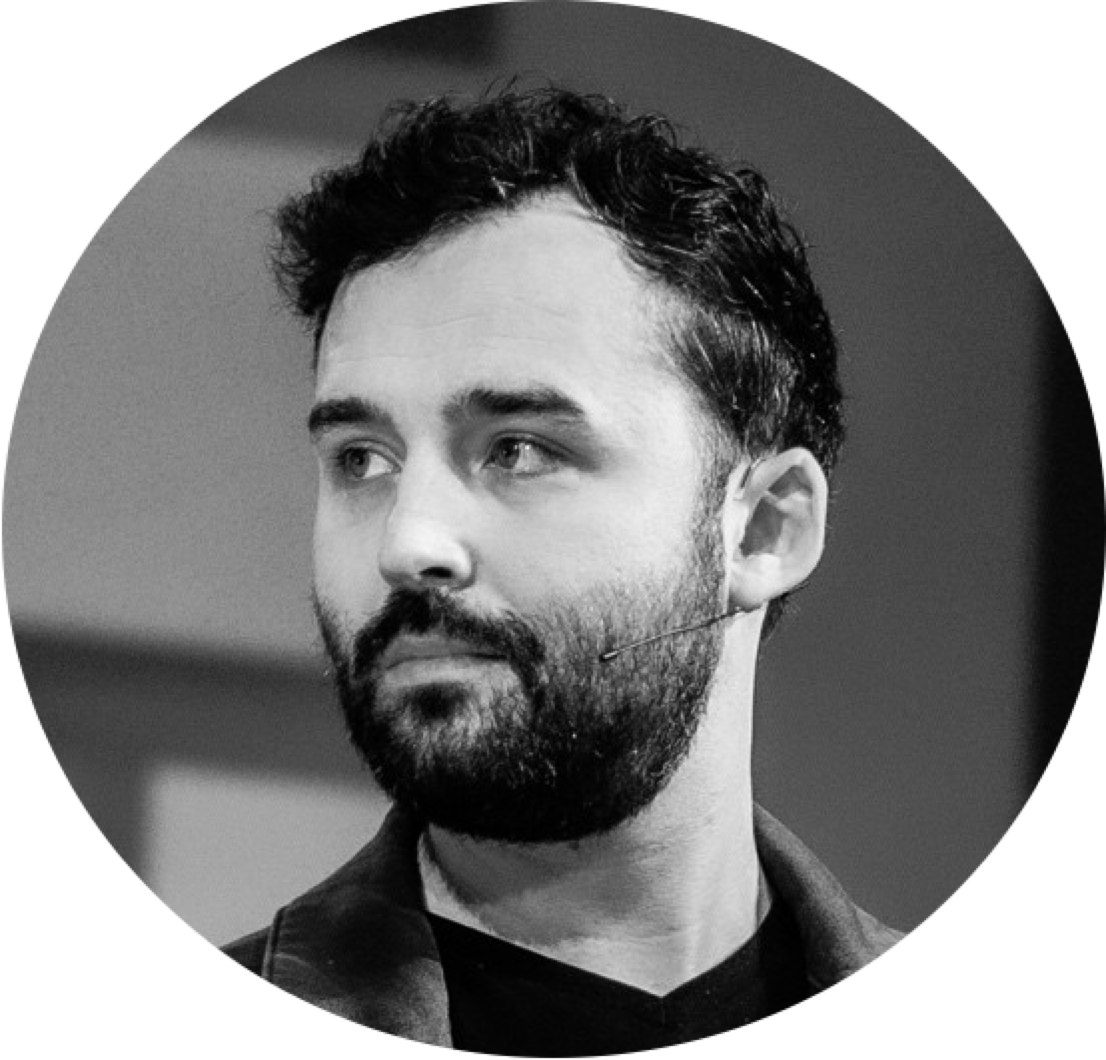

Photo & Video & GenAI: +36% retention for UGC testimonials
Photo & Video and GenAI categories are rapidly converging as AI reshapes how users create and share visual content. With AI buzz surging, understanding what drives installs and long-term engagement is more critical than ever to take full advantage of the spotlight currently shining on GenAI-powered creativity.
Comparison and Before vs. After hooks continue to capture attention, delivering a strong IPM of 3.68 and 40% share of cost. In contrast, User POV or First-Person hooks excel at building connections while also enjoying a solid share of cost (17%). Ads framed as personal experiences like “I used this filter and got a magical result” foster more durable engagement, even if their IPM is lower.
When it comes to motivations, Time-Saving highlights ease and convenience (“Edit your video in seconds,” or “Auto-enhance in one click!”), driving solid IPM. While Customization and Personalization accounts for 45% of spend, it delivers the lowest IPM and mid-range retention, suggesting advertisers may be over-investing in a motivation that underdelivers on both acquisition and engagement.
UGC spend is split between Tutorials/App Reviews and Testimonials. The former, however, shows a 36% lower retention rate, possibly due to differences in presentation or scale.
For advertisers looking to balance IPM and retention, using a mix of hook styles and clearly communicating subscription details can attract more committed, longer-term users.
Dating: Serious match seekers retain 15% better
The latest data shows that there is no single dominant Hook among dating app creatives, indicating a sophisticated approach by advertisers striving to reach diverse audience segments. Problem-Solution hooks command the largest share of budget at 28%, yet their IPM (0.83) and Day 7 retention (13.6%) remain average. While this format, which promises to “Break the ice in three easy steps” or “Meet the right match without endless swiping”, clearly addresses immediate user needs, it may require a creative overhaul to drive consistent engagement.
Meanwhile, both Curiosity & Mystery hooks (8% cost share) and Sensory & Visual hooks (5.8%) boast the highest IPM on Social & Search (1.05). Prompts like “Guess Who Swiped Right?” or immersive visuals showcasing real-life date experiences succeed in hooking users, suggesting an opportunity to scale these hooks.
From a motivational perspective, Casual Dating and New Experiences dominates spend and achieves the strongest IPM overall, thanks to slogans like “Swipe for fun, meet new people tonight.” However, its moderate retention highlights the potential of deeper motivations such as Finding a Serious Relationship, which boosts long-term loyalty through messages like “Ready for something real?”
Given that many dating apps rely on mixed monetization models, subscriptions and in-app purchases, retaining engaged users becomes even more crucial to ensure recurring revenue.
Finally, UGC remains pivotal, but while Testimonials account for 94% of UGC spend, truly valuable users are more likely to appear when they engage with Tutorials. This discrepancy underscores the importance of continuously testing and optimizing creative formats rather than relying on a single, popular approach.
Finance: Tutorial UGC tops retention by 37%
Finance apps have seen major growth in recent years, prompting developers to explore more innovative creative strategies to acquire high-quality users.
The category’s creatives are driven by a user motivation of Simplification which shows strong growth potential. This is a common theme in crypto and stock apps since consumers are concerned about making mistakes. While they currently receive only average spend, their high IPM and solid retention signal strong engagement and untapped opportunity for scale.
Social Proof hooks, which feature trending content, testimonials, or community participation, make up just 5% of spend in Social & Search, yet drive the highest Day 7 retention at 21%. These creatives tap into FOMO with lines like “90% of Users Hit Their Goal in 30 Days — Can You?” or “The $1,000 Challenge Everyone’s Talking About.” Despite their strong performance, the niche audience limits scalability, though continued investment is clearly justified.
Instant Gratification hooks promise fast results, such as “See your savings grow instantly” or “Get cashback the moment you spend.” They receive double the spend in DSPs compared to Social & Search, even though DSPs deliver 17% better Day 7 retention. This suggests that while these creatives drive scale, they may not lead to long-term loyalty.
In the UGC category, testimonials dominate with 88% of spend. However, users who engage with tutorial-style content show 37% better retention, highlighting an opportunity to shift budget toward more educational formats.
Social Media: Top motivation is also the most sticky
Storytelling hooks, characterized by narrative arcs and emotional twists, remain underutilized in Social & Search media, capturing only about 6% of the total budget but yield the highest Day 7 retention at 8.4%, suggesting that users attracted by compelling stories are more likely to stick around.
Meanwhile, Social Proof hooks, which emphasize viral trends or user achievements, tend to produce a good balance of IPM and retention. By carefully scaling them, marketers could build a highly engaged community that leverages users’ fear of missing out (FOMO).
What motivates Social Media users? The Entertainment, Discovery, and Inspiration motivation offers an engaging angle that captivates audiences seeking fun, creativity, and the latest trends. Slogans such as “Be the first to discover viral content” or “Watch trending videos from your favorite creators” help draw users in, and their relatively modest IPM indicates advertisers are paying a higher price for installs. However, the payoff is a solid 7.1% retention rate (highest among motivations) thanks to the ongoing entertainment value.
UGC in the form of Tutorials or App Reviews emerges as a highly effective creative format. Despite having a 60% lower share of cost than Testimonials, it generates 45% higher IPM and a 17% boost in Day 7 retention. Examples like “Here’s how to schedule your posts in seconds” or “Check out these tips for a perfect profile” help clarify the app’s practical benefits, attracting more committed users who are likely to remain active over time.
Celebrities: Social stars outperform pop stars
Celebrities remain a powerful yet nuanced tool for Non-Gaming app advertisers. Despite holding the highest share of spend, campaigns featuring popular musicians show weaker install efficiency and Day 7 retention. For example, “Stream the latest tracks from [Famous Pop Star]” may grab attention initially, but it doesn’t always spark sustained engagement.
In contrast, social media influencer-led ads yield a notably low IPM yet excel at retention. “[Influencer] shares real-time budgeting tips” resonates with fans who trust their lifestyle.
Meanwhile, TV personalities, backed by a smaller budget, achieve the best IPM, which could indicate a solid cost-per-install ratio. Ads like “Join [TV Host] for weekly cooking tutorials” combine familiar faces with consistent programming, resulting in high retention and a promising return on investment.
Beyond celebrity categories, female-focused ads, though underfunded compared to those targeting men, deliver 60% stronger IPM and slightly better Day 7 retention, highlighting the importance of messaging with a female celebrity.
Additionally, when celebrities serve in a supporting role rather than as the main star, IPM drops, but retention peaks at 12.1%. Campaigns such as “Watch [Celebrity Name] and friends explore our newest features” weave a more comprehensive narrative that can foster deeper user investment.
Although the lower install volume might be a challenge, those who do convert tend to remain active, potentially driving higher lifetime value. In the end, marketers should balance budget allocations, celebrity appeal, and creative execution to sustain both rapid acquisition and meaningful user engagement.
Celebrities: Non-Gaming overall
Experts’ corner
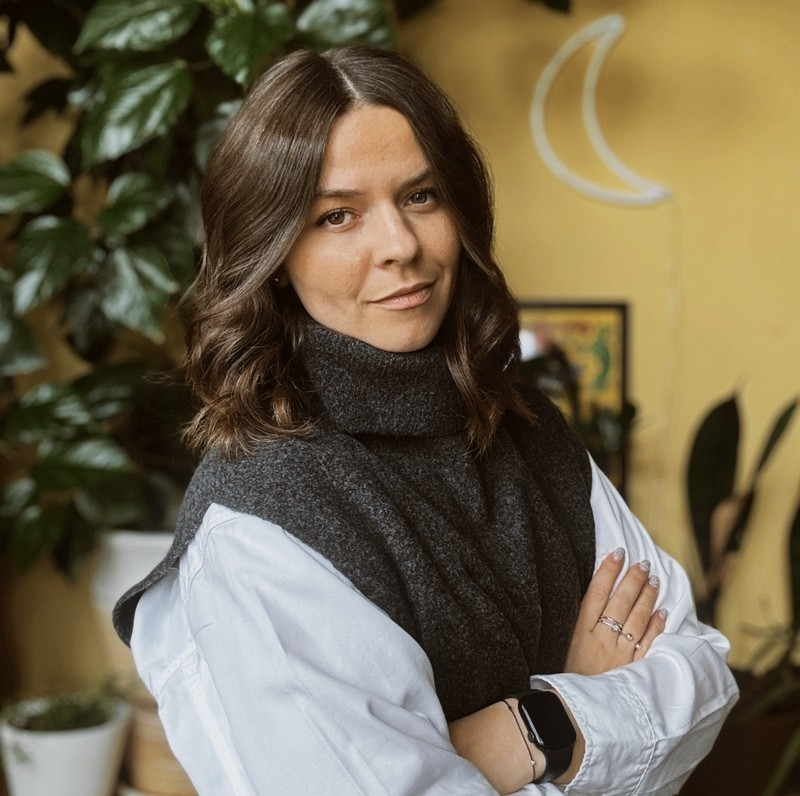
Simona Vilkaite-Marcinkevice
Creative Strategist
Simona is a Creative Strategist at Meta with 13 years of experience in the social media world. She specializes in driving performance for e-commerce and disruptor advertisers, helping them improve their results on a global scale by leveraging Meta technologies and creative strategies.
What are the most impactful creative strategies marketers should focus on in 2025?
Advertisers should begin with core creative building blocks: include 9:16 video with audio, and layer in emotional storytelling, human presence, and text overlays. Internal Meta data shows campaigns using this combination saw a 16% lower CPA, 29% higher conversion rate, and 11% greater reach across Reels, Feed, and Stories.
The “language of Reels” — content that is entertaining, digestible, and relatable — is especially powerful. Emotional hooks in the first two seconds, multiple audio elements, and the presence of real people (employees, creators, or customers) help make content feel more authentic and engaging. For example, Reels that featured a person onscreen along with expressive audio saw 8% more conversions per dollar than those that did not.
Marketers should also adopt a mindset of continuous experimentation: using AI to test new combinations quickly, and then scaling what works. Lo-fi content and rapid iteration are not just acceptable, they’re effective.
In a crowded feed environment, creative success now hinges on fast cycles, emotional depth, and channel-specific best practices. The strategies that win are the ones that combine volume, variety, and intention.
How is generative AI transforming creative development across Meta platforms?
In Meta’s internal tests, ad campaigns using AI-generated images saw an 11% higher click-through rate and a 7.6% higher conversion rate compared to those that didn’t. These tools not only improve performance, they reduce production bottlenecks, making it easier to experiment and learn.
Creative diversification is a key use case. GenAI enables rapid adaptation of assets to different placements, formats, and user segments with minimal manual effort. It can even repurpose existing creatives for new formats, preserving brand consistency while expanding reach.
Importantly, generative AI also plays a role in managing creative fatigue. Marketers can now measure fatigue in real time via Meta’s creative_fatigue webhook, helping teams refresh at the right moment and avoid wasted spend.
Rather than replacing creativity, GenAI supercharges it. It gives brands more room to explore, test, and personalize, bringing more human insight and emotional resonance into every campaign, at scale.
What role does creative diversification and refresh cadence play in campaign performance?
Shopping and retail campaigns are a great example. At Meta, we see Advantage+ Shopping Campaigns (ASC) with 20 or more creatives delivered a 29% reduction in median incremental cost per purchase, compared to those with fewer assets. By mixing videos, static images, catalog formats, and Reels content, advertisers provided Meta’s AI more inputs to find the best audience-creative match — and saw stronger performance as a result.
But it’s not just about the number of creatives; refresh timing plays a big role. Meta encourages marketers to test different cadences (weekly, bi-weekly, monthly) to identify the sweet spot for their audience. A stale creative set can quickly lead to rising CPAs and lower engagement.
To help manage this, advertisers can now receive real-time notifications of creative fatigue via Meta’s Marketing API. This enables smarter refresh planning, not guesswork.
In short, creative diversification — paired with data-driven refresh cycles — ensures content stays relevant, drives better results, and sustains performance longer.
How can brands scale creative output while maintaining quality and engagement?
Campaigns with broader creative portfolios show significantly better results and improved ROAS. The most successful advertisers refresh creatives proactively, test different emotional tones, and personalize messaging to various segments.
AI-enhanced creative tools simplify this process by generating variations of existing content automatically. Additions like AI-generated imagery, background changes, and text overlays help maintain freshness while staying on-brand. This diversity allows Meta’s delivery system to dynamically match creatives to the most relevant audiences.
But quality matters. Meta emphasizes combining emotional depth with format-specific best practices. For example, using Reels techniques like human presence and multi-layered audio even within static or catalog formats.
Scaling goes beyond mere output and focuses on intentional iteration. When creative strategy is supported by smart automation and emotional intelligence, brands don’t just grow their asset libraries – they grow their impact.
What creative elements are most effective in vertical video formats like Reels?
Ads in 9:16 format with sound-on — layered with voiceovers, music, and effects — consistently perform best. Meta found that 9:16 videos with multiple types of audio delivered 21% more conversions per dollar than those with limited or no sound layers. Similarly, Reels ads featuring human presence and expressive audio (like laughter or cheering) saw an 8% performance lift.
Hooks in the first two seconds also matter. Emotional cues like nostalgia, humor, or authority (“expert voice”) improve stopping power and drive stronger outcomes. These moments help the creative feel native to the Reels experience, where users expect emotionally engaging, bite-sized content.
Importantly, high-performing Reels don’t need high production value. Lo-fi, UGC-style videos or employee/creator clips often feel more genuine, which builds trust and drives retention.
For marketers investing in vertical video, aligning creative with these emotional and structural cues is essential. Effective vertical content focuses on compelling storytelling that resonates in fast-scrolling environments rather than simply adapting to the format.
How do Meta’s Advantage+ tools help optimize creative performance?
Advantage+ Creative allows marketers to generate up to 10 new visual assets from a single concept, adjust copy to fit different audiences, and apply enhancements like brightness correction or background generation. It also supports dynamic audio, allowing advertisers to choose (or let AI suggest) the soundtrack most likely to drive results.
When integrated into Meta’s broader AI-powered shopping and e-commerce solutions like Advantage+ Shopping Campaigns, these creative tools deliver measurable impact. For example, automated campaigns that included 20+ creatives — including Reels and BAU assets — saw up to a 29% reduction in CPA. Including mixed formats like video, static, and product showcases drove an additional 5% efficiency gain.
Product-focused advertising formats like Catalog ads similarly benefit from creative best practices. Shopping campaigns that incorporated product videos built using “language of Reels” storytelling (clear hooks, human presence, etc.) showed a 20% lift in conversions per dollar — with an extra 4% lift when all best practices were applied.
Advantage+ tools remove friction from execution and unlock creative agility, allowing marketers to iterate faster, spend smarter, and optimize at scale.
* All insights provided by Meta are based on Meta’s internal data, including A/B tests, conversion lift studies, and machine learning analyses conducted globally across verticals between April 2023 and February 2025.
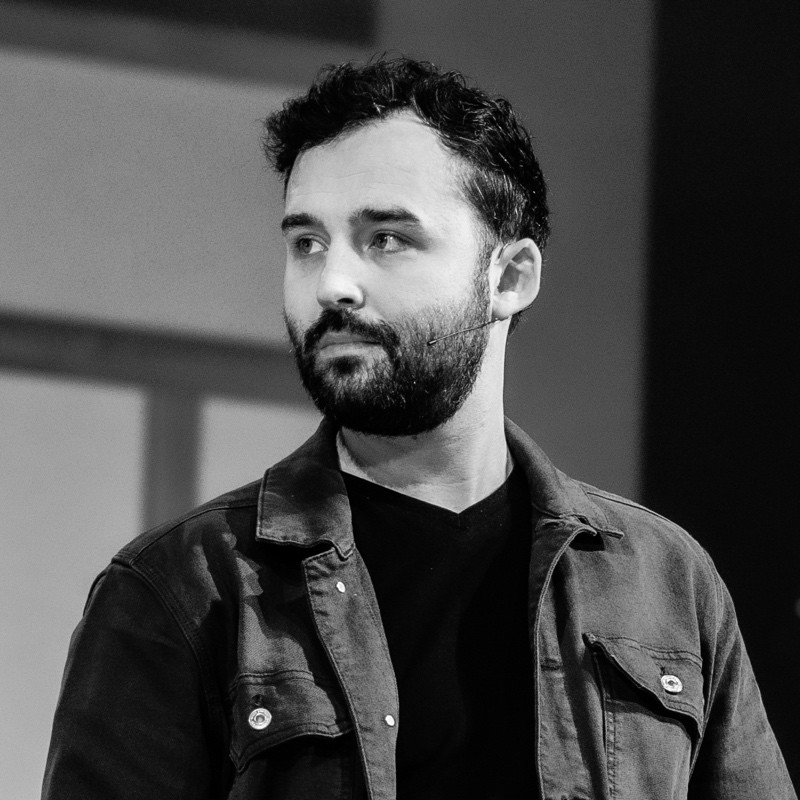
Guy Howland
Executive Creative Director – Performance Creative at Dentsu Creative
Guy has led dentsu’s performance creative since 2017, blending brand and performance to deliver emotionally resonant, insight-driven work. With 17 years' experience, he has shaped campaigns for brands like Adobe, Burger King, Hilton, and Virgin Media O2.
How do you foresee agency-client collaboration evolving to prioritize creative agility?
We’re working in real-time, co-creating and iterating together, not handing over a deck and waiting for feedback weeks later. The clients who are leaning into that model are seeing the benefits: speed, relevance, and work that actually lives in culture, not just on a media plan.
Can you provide insights into how performance and brand marketing are converging today in creative execution?
Performance thinking is now part of the brand conversation, and vice versa. That means we’re designing ideas that can flex across the full funnel – work that’s strategically sharp, creatively strong, and measurable in real terms. It’s about making every touchpoint count.
What lessons have emerged from recent high-impact campaigns across mobile and CTV platforms?
New generations of audiences have grown up in this type of media environment. For them, digesting and connecting with brands in the latest technology-fueled channels is native to them. Brands still need authenticity and storytelling, but they also need to be brave enough to experiment.
What strategies are agencies implementing to adapt to the rapid rise of short-form video content?
The work needs to be natively designed for the environment it lives in, with its own structure, storytelling, and impact. It is less about “what is the ad?” and more about “what is the story, and how does it travel across formats, cultures, and moods?”
How can agencies balance the use of AI-generated content with maintaining human creativity?
But the real magic still comes from people – from the instinct, emotional intelligence, and storytelling that only humans can bring. The best work in 2025 will be co-authored: led by human creativity, enabled and brought to life with AI, and built on the kind of strategic thinking that moves people.


